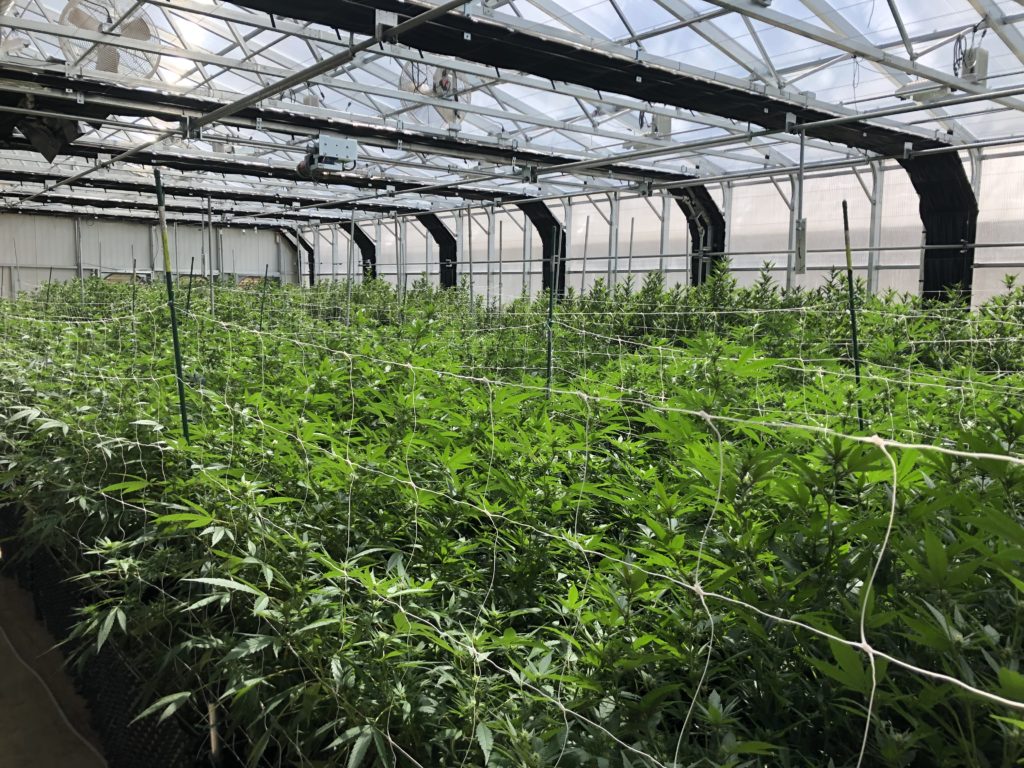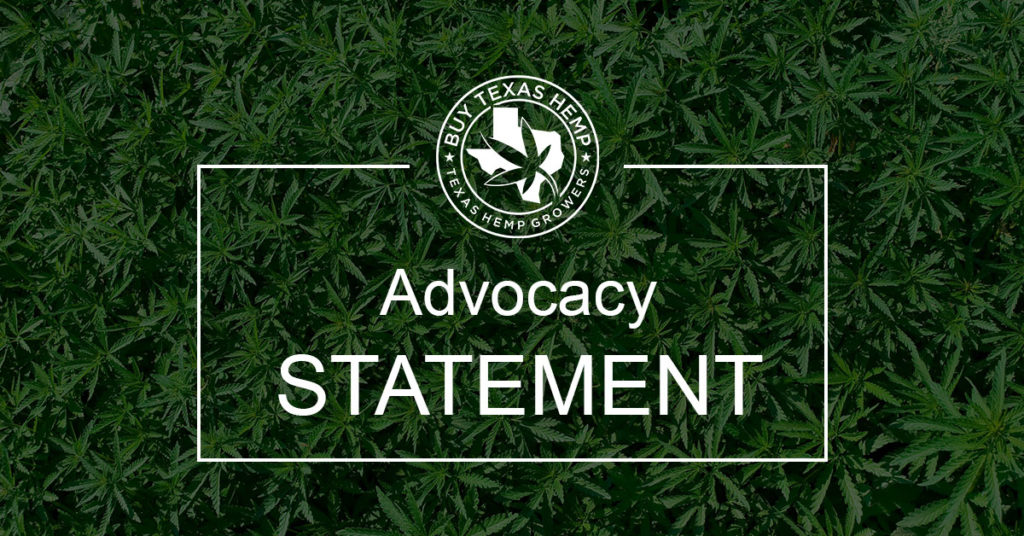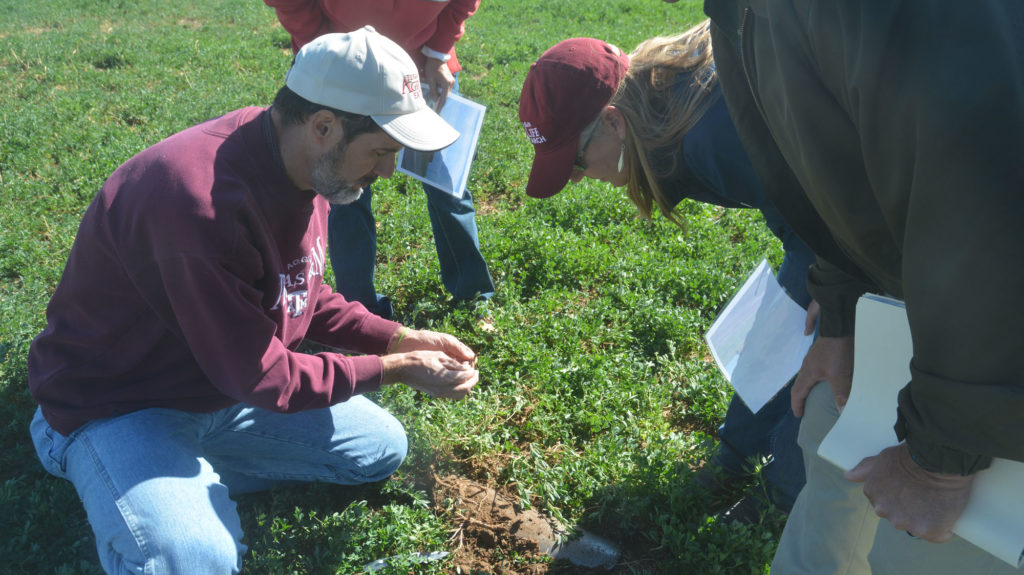5 things Texas farmers can do while waiting for hemp licenses

(Photo: Green Lynx Farms in Colorado / Zachary Maxwell)
With the release of the US Department of Agriculture’s interim hemp rule, it’s anticipated that Texas’ growers will be able to obtain hemp licenses in early 2020.
Until then, here’s some things you can work on now to better prepare for a successful grow operation in the future:
1. Soil Preparation
We can’t stress enough the value of good soil preparation. It starts with a soil test to determine what nutrients, organic matter, and problems may exist in your soil. Dr. Tony Povin with Texas A&M Agrilife suggests a soil test using the Mehlich 3 method.
An agronomist with Servi-Tech suggests that using fertility recommendations for hemp grain production would sufficiently cover flower (CBD) production. Texas Hemp Growers members save 5% on all Servi-Tech lab testing services, like soil and irrigation tests. And when submitting a soil sample, Servi-Tech will offer amendment recommendations to prepare your soil fertility for hemp.
2. Plant Material Selection
Stable seeds are selling fast. Do not wait until just before the planting season to select your seed, clone, or seedling vendor. Many reputable seed producers have either entirely contracted out their seeds, or are pre-selling out several years.
It’s never too early to line up your plant material purchases. Some vendors may offer a deposit option to secure the materials, with the remainder paid on delivery. If possible, vet your plant material source by visiting in-person. Ensure they grow in a clean and responsible environment. Some vendors may even offer replant agreements for crop failure, although this isn’t shared by everyone.
3. Mapping your grow area
Start mapping out your grow area. Identify and correct weak spots, such as excessive shaded areas. Determine your water source and how you intend to deliver the water to your plants. Companies, like Servi-Tech, offer field imaging services. If possible, begin collecting the GPS coordinates for the boundaries of your grow area, they will be needed when applying for your license.
4. Scouting for buyers
Just like vetting plant materials, it’s never too early to start a conversation with potential buyers, If you have a connection with a processing company, now would be a good time to strengthen that relationship. What plant strain, cannabinoid value, terpene profiles, beneficial microbial content, and other requirements does your end crop need to fulfill to meet the needs of the buyer? Is your buyer licensed, bonded and insured? Will they let you visit their facility? How much biomass can they process each day, and will they be able to process everything you deliver? Don’t wait until the last minute to answer these questions. Find the answers before you grow, so that you’re not rushing to figure it out during the heat of harvest season. Remember, your hemp crop has a shelf life.
5. Education
One of the best investments of your time between now and the availability of licenses is to continue investing in your education. If you haven’t already, consider attending a Texas Hemp Growers Master Class. These half-day courses cover a lot of ground in hemp education, and have been lauded as a great value by class attendees. Joining social media groups, like the Texas Hemp Growers group, and keeping up with livestreams, podcasts, and news articles are great ways to learn about the industry. Institutions, like the Texas A&M Agrilife Extension, are constantly organizing events, such as the Rolling Plains Industrial Hemp Conference, where hemp education is discussed. Texas Hemp Growers members enjoy monthly newsletters and an updated growers guide among other educational opportunities. Join today for just $79 and receive many other support benefits.





